Top Vaccine-Preventable Diseases
0 Comments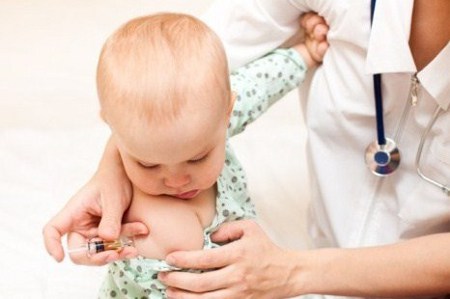
Diphtheria, Tetanus and Pertussis
Diphtheria is a contagious bacterial infection that affects the upper respiratory system. Tetanus is an infectious disease caused by contamination of a wound from bacteria. Pertussis, or whooping cough, is a highly contagious bacterial infection of the respiratory system. There are four combination vaccines to prevent these infections. DTaP is given in five doses with one dose each at age 2, 4, 6, 15-18 months and 4-6 years. DT is used as a substitute for children who cannot tolerate the pertussis vaccine. Td is a booster shot for tetanus and diphtheria given to adolescents and adults every 10 years or after an exposure to tetanus under certain circumstances. Tdap is a booster shot for all three infections. The CDC recommends adolescents 11-12 years of age and adults 19-64 years of age receive a single dose of Tdap. Photo: Getty Images

Measles, Mumps and Rubella
Measles is a highly contagious respiratory infection caused by a virus. It is the most deadly of all childhood illnesses that cause a rash and fever. Mumps is a viral infection that affects the parotid glands located below and in front of the ears. Rubella, or German measles, is a viral infection primarily affecting the skin and lymph nodes. Two doses of the MMR vaccine are necessary for complete protection. The first dose is given at 12 to15 months of age. The second dose is usually given at 4 to 6 years of age or before the start of kindergarten. The second dose can be given as early as four weeks following the initial dose. Photo: Getty Images
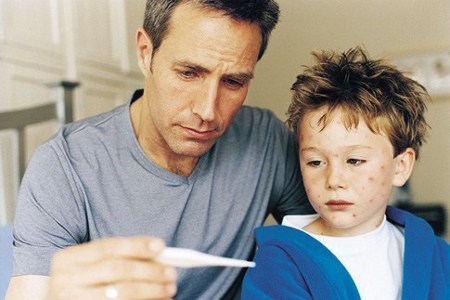
Varicella
Varicella or Chickenpox is a contagious childhood illness caused by the varicella zoster virus. The vaccine is generally given between the ages of 12 to15 months. A booster shot is administered between the ages of 4 to 6 years. The CDC recommends that individuals 13 years of age and older, who have never had chickenpox, or have not received the vaccine, get two doses of the vaccine at least 28 days apart. Photo: Getty Images
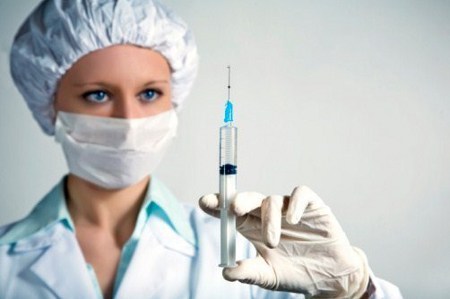
Haemophilus Influenza Type B
Haemophilus influenza type B or Hib is a bacteria that causes meningitis, pneumonia, epiglottitis and other serious infections, primarily in children under the age of 5. The Hib vaccine is administered in four doses with one dose each at 2, 4, 6 and 12 to 15 months. Photo: Getty Images

Hepatitis A
Hepatitis A is a highly contagious liver infection caused by the hepatitis A virus. It is contracted by contact with contaminated food or water or from close contact with a contaminated person. The vaccine is given in two doses, each at least 6 months apart, between the ages of 12 and 23 months. Vaccination is recommended for persons who are one year and older living, working or traveling to areas with a high or moderate prevalence of hepatitis A and those at high risk for exposure to the virus. Photo: Getty Images
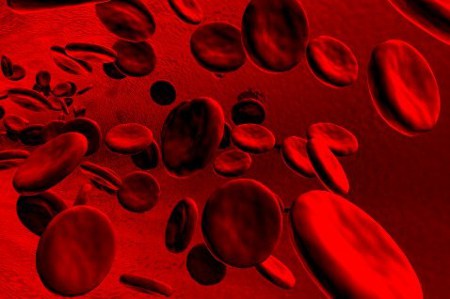
Hepatitis B
Hepatitis B is a serious infection of the liver caused by the hepatitis B virus. It is transmitted through contact with an infected person’s blood, semen or other bodily fluid. The first dose of the vaccine is administered at birth, before hospital discharge. The second dose is given one month later and the third dose is given six months later. The series of three injections should be completed by 6 to 18 months of age. Children and adolescents through the age of 18, who were not vaccinated when they were younger, should be vaccinated. Adults who are at high risk for exposure to the hepatitis B virus because of occupation, treatment such as dialysis, or lifestyle choices should receive the vaccine. Photo: Getty Images

Polio
Polio, once very common in the United States prior to 1955, is a serious infection caused by a virus that lives in the throat and intestinal tract. The IPV or inactivated polio vaccine has been used in the United States since 2000. The vaccine is administered in four doses, one dose each at age 2, 4 and 6 to18 months of age. A booster shot is given between 4 to 6 years of age. Photo: Getty Images
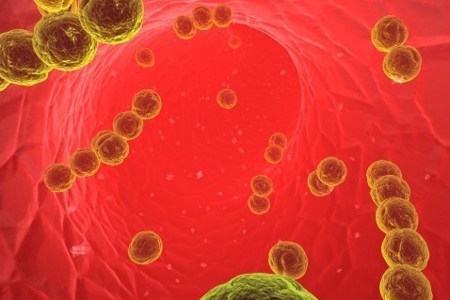
Pneumococcal Disease
Pneumococcal disease is an infection caused by the bacteria Streptococcus pneumoniae. The four types of pneumococcal disease are pneumococcal pneumonia, bacteremia, meningitis and otitis media. The pneumococcal conjugate vaccine or PCV13 is routinely given to children in a series of four doses; one dose each at 2, 4, 6 and between 12 and 15 months of age. Specific recommendations apply to children who missed their shots, started the series later, or have medical conditions such as sickle cell anemia. Consult a healthcare provider for details and specific vaccination schedule. Photo: Getty Images

Rotavirus
Rotavirus is the most common cause of acute gastroenteritis in young children worldwide. The symptoms of vomiting and severe diarrhea can lead to dehydration. Severe dehydration is a serious complication and a major cause of childhood deaths in developing countries. Generally, the first dose of rotavirus vaccine is given at 2 months of age and the second dose is given at 4 months of age. A third dose is given at 6 months only if the healthcare provider deems it necessary. According to the CDC’s guidelines, vaccination should not be started at the age of 15 months and the final dose in the series should be given no later than 8 months of age. Photo: Getty Images

Meningitis
Meningitis is the inflammation of the meninges, the membranes surrounding the brain and spinal cord. Bacteria, viruses and fungi are all causes of this disease. However, bacterial meningitis is more severe than viral meningitis, and fungal meningitis is rare. Adolescents between the age of 16 and 21 have the highest risk for meningococcal disease. The CDC recommends all children, between the ages of 11 and 12, be vaccinated with the MCV4 or meningococcal conjugate vaccine and a booster shot be given at age16. For adolescents who receive the initial vaccine at age 13 to 15, a one-time booster shot should be given between the age of 16 and 18. Adolescents who receive the MCV4 vaccine at or after age 16 do not need a booster shot. Photo: Getty Images
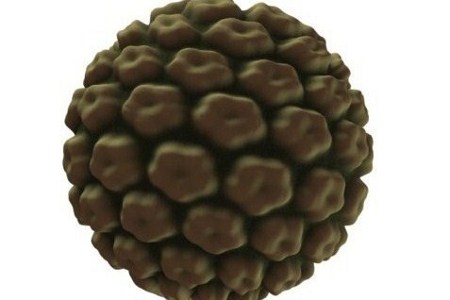
Human Papillomavirus
Human papillomavirus, HPV, is a common sexually transmitted virus. Some individuals with HPV do not have symptoms while others develop genital warts or cervical cancer. There are approximately 40 different types of genital HPV. The HPV vaccine prevents the more common types of the virus that cause genital warts and cervical cancer. The minimum age for the initial dose is nine years old. The CDC recommends the series of 3 doses be administered between the ages of 11 and 12 years for the prevention of cervical precancers, cancers and genital warts in females. The same HPV4 vaccine may be administered to males aged 9 to18 years to reduce their risk for genital warts. The second dose of the vaccine is administered one to two months following the initial dose. The third and last dose in the series is given six months following the first dose. Photo: Getty Images

Seasonal Influenza
Seasonal influenza is a severe respiratory illness that is highly contagious. It can lead to serious complications, even death. Children under the age of five, pregnant women, persons age 65 years and older and individuals of any age with chronic medical conditions are at high risk for developing serious complications associated with seasonal influenza. The CDC recommends everyone, 6 months and older, get an annual flu vaccine. The best time to be vaccinated is as soon as the vaccine is available. Flu season peaks in February but continues through May. Photo: Getty Images

Shingles
Shingles is a painful localized skin rash caused by the varicella zoster virus. This is the same virus that causes chickenpox. Anyone who has had chickenpox can develop shingles because the virus remains in nerve cells long after the chickenpox virus has cleared. Individuals over the age of 50, persons with a suppressed immune system, or any one taking immunosuppressive medications are at risk for developing shingles. The CDC recommends a single dose of zoster vaccine for adults aged 60 years and older. Photo: Getty Images
Add a CommentComments
There are no comments yet. Be the first one and get the conversation started!